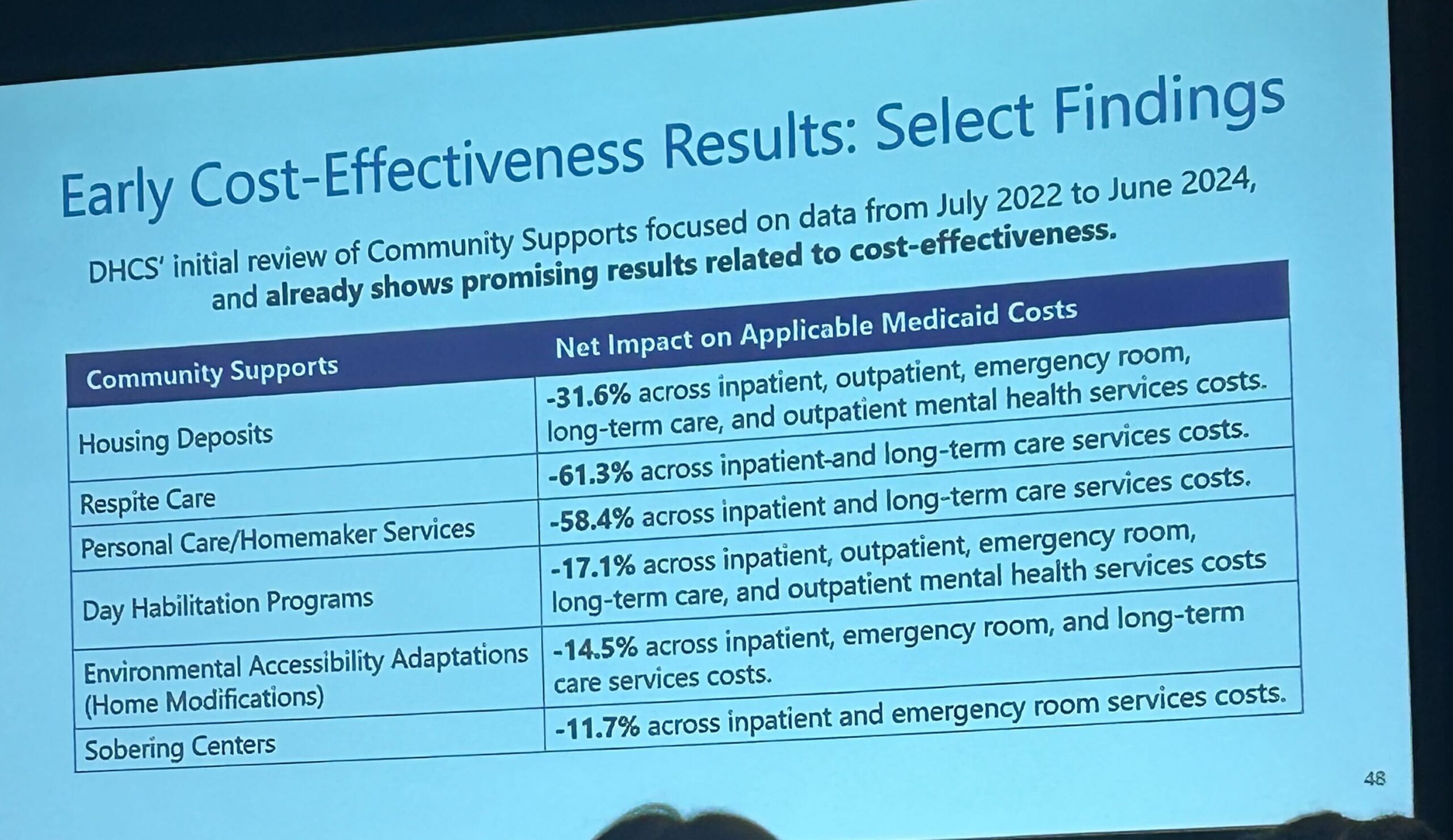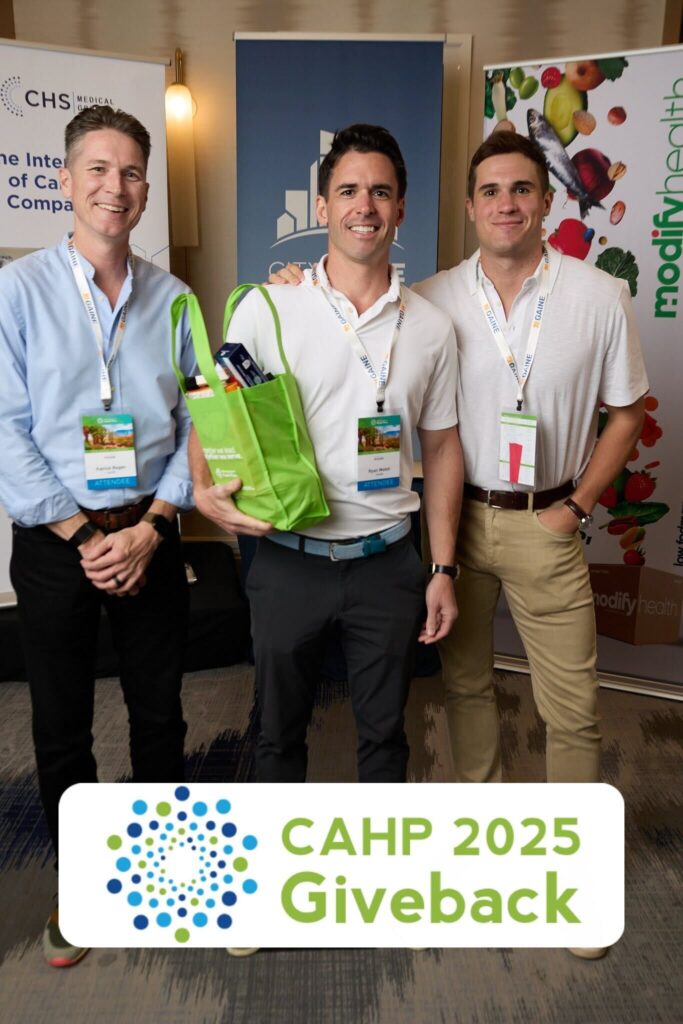
At this year’s California Association of Health Plans (CAHP) conference, one theme echoed across every panel, hallway, and breakout room: housing is the next frontier of healthcare—but the path forward under CalAIM is still being written. With the six-month rental support period ending for many members and major program changes coming in 2026, health plans are seeking partners who can move fast, manage complexity, and deliver measurable outcomes. Upside’s model stood out as that solution.
California’s health plans are navigating a pivotal moment. In 2026, the state’s Section 1115 waiver—the backbone of CalAIM—expires. The Department of Health Care Services (DHCS) is under pressure to prove to CMS that the state’s investment in housing supports has paid off.
But uncertainty remains high:
As one plan executive put it during the conference, “We know housing is health, but we’re still building the plane while flying it.”

Conversations throughout CAHP centered on how the Housing Trio—Navigation, Tenancy Sustaining Services, and Deposits—has evolved from a pilot initiative into an operational necessity.
Upside’s model, already active across California, offers health plans a turnkey solution:
By functioning as an outsourced housing stability department, Upside allows plans to focus on clinical care and member outcomes—while ensuring every dollar invested produces measurable results.
With DHCS pushing to demonstrate that CalAIM “works,” data and documentation will determine which partners thrive.
Plans are seeking vendors who:
Upside’s Member Stratification model helps plans do exactly that—categorizing members into tiers to deliver right-sized interventions with clear ROI tracking.
As California plans prepare for RFP renewals and CMS audits, this level of precision and accountability isn’t a nice-to-have—it’s survival.
Starting January 2026, all Medi-Cal plans will be responsible for incarcerated and justice-involved individuals—a group with extreme housing vulnerability.
These members face unique barriers:
Upside’s experience with reentry and transitional housing models—including Oxford Houses and other recovery-oriented environments—positions us to meet this population where they are.
Our Care Guides already specialize in navigating reentry barriers, managing landlord concerns, and aligning housing stability with behavioral health support.
Health plans face a dual challenge: members in crisis, and care management teams already stretched thin. Many plans still rely on fragmented vendor models or redeploy internal staff into housing support—leading to inconsistency, limited tracking, and higher costs.
Upside offers a clear alternative:
In short: plans pay for results, not open-ended case management.
As 2026 approaches, California’s managed care organizations must demonstrate that housing support is healthcare—and that it delivers quantifiable results. That means moving from pilot programs to operational excellence, from “check-the-box” interventions to proven, scalable systems.
Upside is ready to partner with California plans to:
Our mission reaches beyond four walls and a roof—we design solutions that weave together affordability, safety, and long-term sustainability to support healthier lives and stronger communities.
Because housing is not just a service line. It’s the foundation of health—and California’s next big opportunity to prove what integrated care can truly achieve.